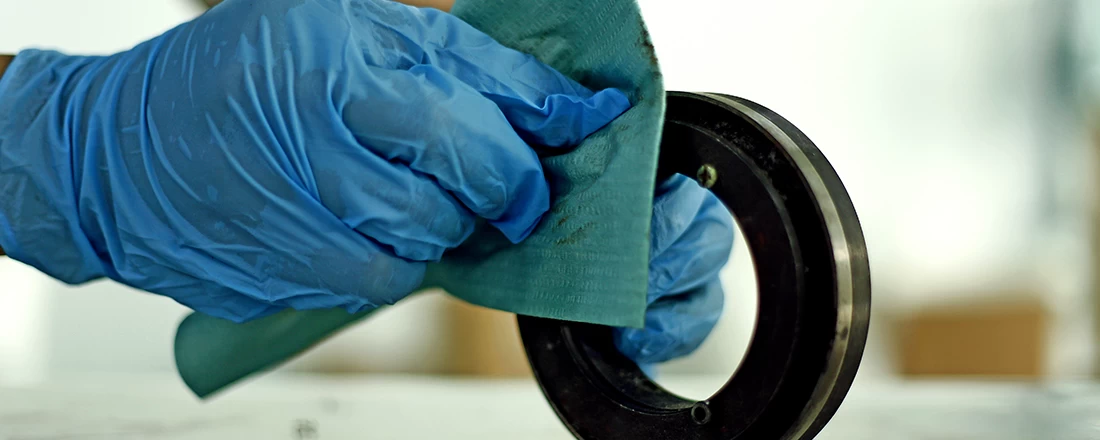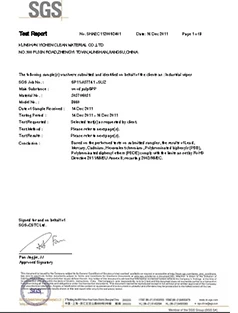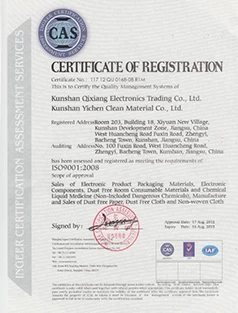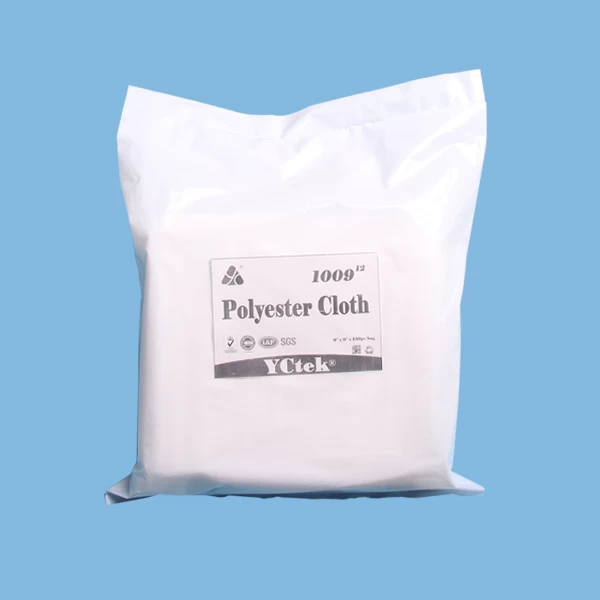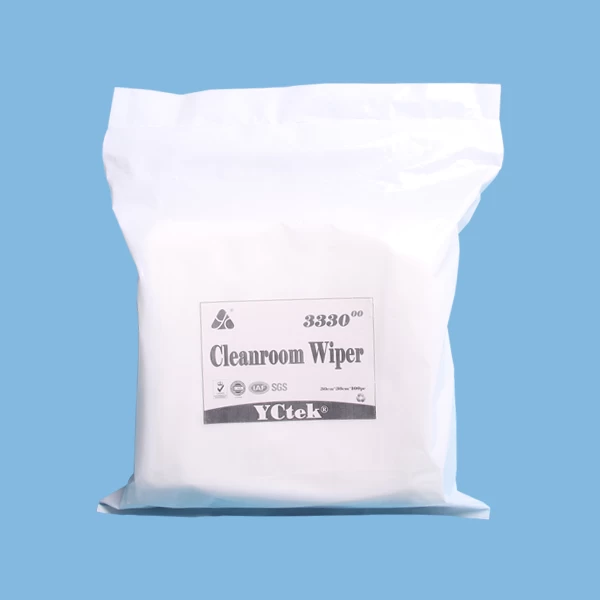World Nonwovens Industry
2017-05-15 16:29:08

Global sales of nonwoven fabrics are forecast to increase 6.9 percent annually through 2015 to 9.2 million metric tons. This rate is an acceleration from the 2005-2010 period, reflecting a low base as global recessionary conditions restrained nonwovens fabric demand in 2008 and 2009 before improving somewhat in 2010. Continued growth in global manufacturing and construction activity, as well as gains in personal income will promote demand. Product sales will grow faster in area terms, rising 7.3 percent per year to 198 billion square meters, reflecting a modest decrease in average nonwovens weight. This will be due primarily to increased demand in developing areas for a variety of lighter weight disposable nonwoven products, supported by manufacturers’ efforts to make them more affordable and technological advances that are making new generations of nonwoven fabrics lighter. In value terms, sales of nonwovens will expand slower because of a decline in average prices.
Market gains in developing parts of Asia/ Pacific, Eastern Europe, Africa/Mideast and Latin America will outpace demand in the US, Western Europe and Japan. Product sales in developing areas will be fueled by above-average economic growth, ongoing industrialization efforts and rising living standards. China alone will account for just over half of additional global volume demand through 2015. Advances are also expected to be healthy in lower-volume markets such as India and Brazil.
Sales of roll goods in developed parts of the world will expand as well. Nonwovens demand in Western Europe will recover from a reduced 2010 base, stimulated by improved economic climates, manufacturing output and consumer spending.
Sales of roll goods in developed parts of the world will expand as well. Nonwovens demand in Western Europe will recover from a reduced 2010 base, stimulated by improved economic climates, manufacturing output and consumer spending.


